Make gold from lead, even medieval alchemists and enterprising swindlers of those times tried. Such attempts were due to the insufficient size of mining of the precious metal that would meet the needs of society and the economy. Then the conversion of lead with getting precious metal could be a solution to many problems.
Attempts by ancient alchemists to extract gold from lead/ manuscript with 111 recipes for precious metals
The first to try obtain noble metal The ancient Egyptians were able to chemically extract the lead from it. This is evidenced by a papyrus found during archaeological excavations in a tomb in Thebes with a detailed description of the research. The ancient artifact contained recipes manufacturing alloys of pure metals, as well as 111 options on how to make precious metal.
However, the manuscript said that all attempts to invent noble metals were not made to fill the treasury.
In fact, inside was an algorithm for the creation of fakes, as well as a description of the medieval method of gilding any base metal.
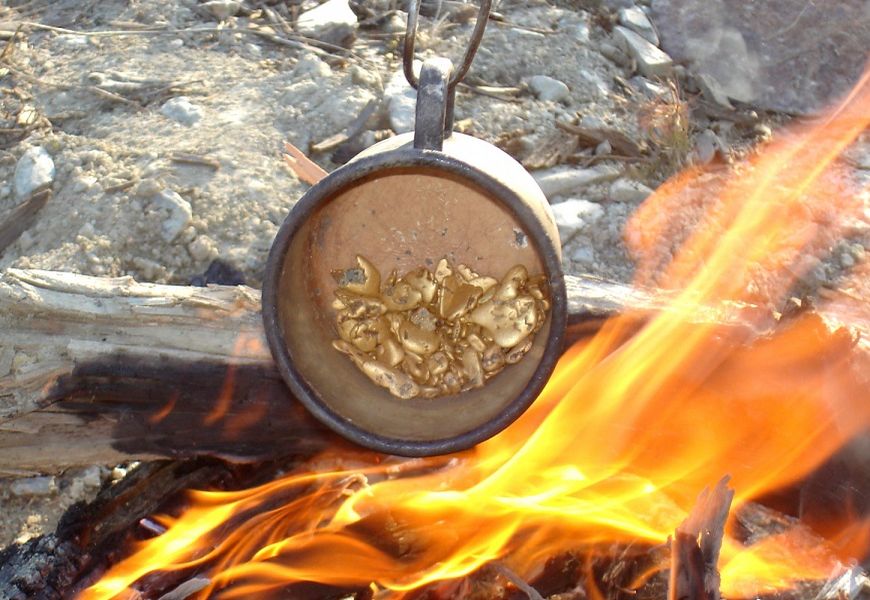
The Secret Activities of Alchemists and the Fear of the Inquisition
The studies of the Egyptians continued and were picked up by scientists of Ancient Greece and Rome. Based on this knowledge, alchemists of the Middle Ages tried to unravel the mystery of gold. Already then alchemy was recognized by those in power, the church and high-level crooks got involved in the research. Of course, each of the participants had their own interests, but the goal was the same: to turn lead into gold.
It is not known to the end whether ancient scientists managed to transform lead, since no official documentary evidence has survived to this day.
For the most part this is due to the fear of the Inquisition at the stake, as private trials were suppressed by the authorities.
Virtually every ruler had an alchemist working on prey yellow metal in laboratories, but they encrypted the resulting recipes, protecting their copyrights. Therefore, the ancient recipes were difficult to make sense of. The records contained many encrypted names, such as: philosopher's stone, green lion, sand bath, true dragon, burning water, elixir of life, etc.

Lully's encrypted recipe
One of the encrypted algorithms describing how to obtain goldThe recipe of Lullius was a recipe on which cheaters almost openly enriched themselves by selling it to those who wished to do so. The alchemist of the time described the processThe lead was not transformed, and it was not until later that it became clear that it was possible to distill the vinegar-lead salt. Only over time did it become clear that the transformation was possible by distillation of the vinegar-lead salt. Such a compound combined gives a composition capable of recovering gold from the lead mixture and salts.
The recipe contains no information on how lead is turned into gold, but it is considered rational because of its practical applicability.
For the most part, the method describes the reaction with gold-containing compositions and salt.
Physical and chemical characteristics of metals, gold and lead
| Features | Gold | Lead |
|---|---|---|
| Density | 19320 kg/m³ | 11340 kg/m3 |
| Mechanical and chemical properties | molten metal with a greenish tint, in solid form it has a bright yellow color; oxidation-resistant, inert; material is soft, ductile, easy to process | When smelted, the material is silver; in contact with oxygen, it immediately oxidizes, changing its color to bluish-gray; the softness of the material makes it susceptible to compression and rupture; oxide glue, protects the material from reacting with concentrated acids |
| Electrical, thermal conductivity | Good conductor of electric current, a good thermal conductor | Doesn't conduct electricity well |
| Effects on the body | Hypoallergenic, does not cause health problems, does not accumulate in the body | Considered toxic to the human body: inhalation of vapors, contact with the material can cause poisoning |
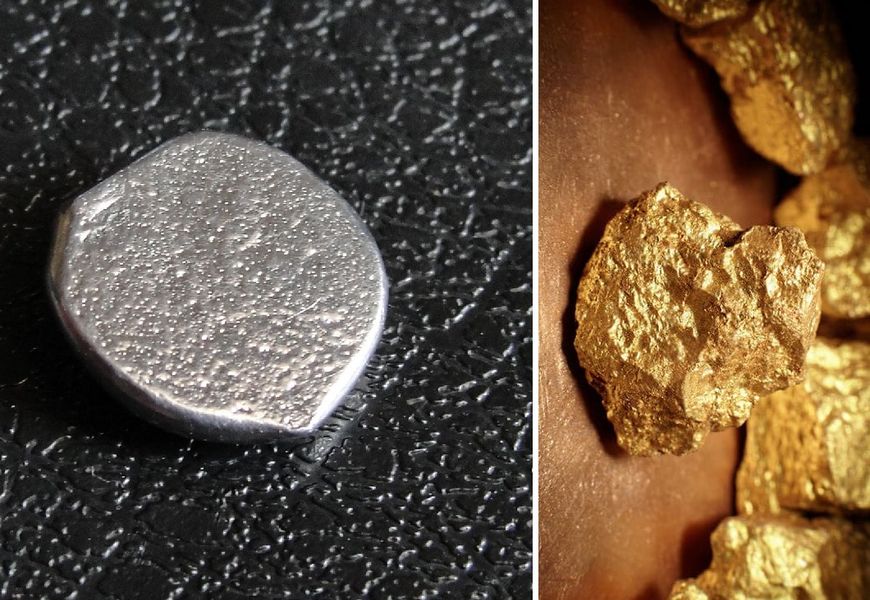
A series of discoveries and experiments of the 19th and 20th centuries in search of a way to produce gold from lead. The gold of the apothecary Kappel. Discovery of Mendeleev's table of elements
Science actively investigated the possibility of transforming lead into a precious metal until the 17th century. Wayshow get the gold of lead, was sought not only by scientists, but also by the rulers of empires. Monasteries wanted to replenish their coffers in this way. However, all attempts ended in nothing, and alchemy became just a part of history.
The next generation of scientists continued to study the transformation of metals, sometimes making surprising discoveries. For decades, scientists managed to isolate the precious metal from the composition of salts, but not from lead.
The last successful experiment was carried out by the apothecary Kappel. He managed to obtain the noble metal from silver using arsenic ore. But the condition that made it possible was sufficient gold content in the ore.
At the same time, a new direction in the search for gold was the discovery of the periodic law by Dmitry Mendeleev. Obtaining knowledge related to the nucleus of the atom and its properties gave hope that an important discovery was near. But even the involvement of nuclear physicists in the research did not yield the expected results.

Experiments by nuclear physicists to produce a gold atom
More than one physicist has tried to obtain a noble metal atom from different chemical elements. All of them came as close as possible to the answer, but they were not able to put their theoretical knowledge into practice. Many scientists, including nuclear physicists, made important discoveries, but there was still no reason to rejoice. Gradually, many laboratories around the world began to study the issue. In practice, it took 10 years to come to the desired result by joint efforts.
Discovery of gold isotope with mass value 197 by physicist Dempster
When scientists managed to find a noble metal atom, research helped determine the isotope whose mass value was 197. And then the physicist Dempster came to the conclusion that only nuclear Response would give the desired result. It remained to find the nuclear reaction that produced this particular isotope.
At the same time, the experiments continued. Scientists discovered that a gold atom could be obtained using mercury with mass values of 196 and 199. It was noted that such an isotope was closest to becoming a precious metal.
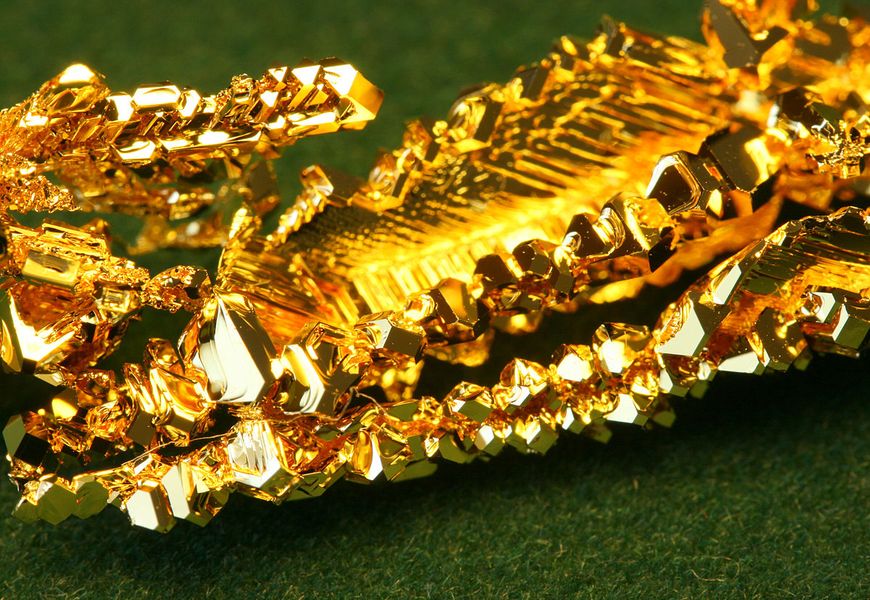
Obtaining gold isotope from mercury isotope
The historical experience of the alchemists led scientists to work more and more on theories and conduct a host of experiments. In 1941, American physicists succeeded in obtaining gold, but from mercury. In doing so, the isotopes could have value 198, 199, and even 200 units. On the one hand, the scientists were able to achieve what they wanted, but the result, existed for a very short time.
A number of studies found mercury atoms, proving that the mass values of 196 and 199 had the best chance of conversion. After several tests, Scherr and Bainbridge conducted a nuclear experiment that produced 35 µg of gold from 100 g of mercury.
However, in order to prepare an expensive element from a cheaper one, it was necessary to use unreasonably expensive nuclear reaction technology. They got gold, but not from lead.
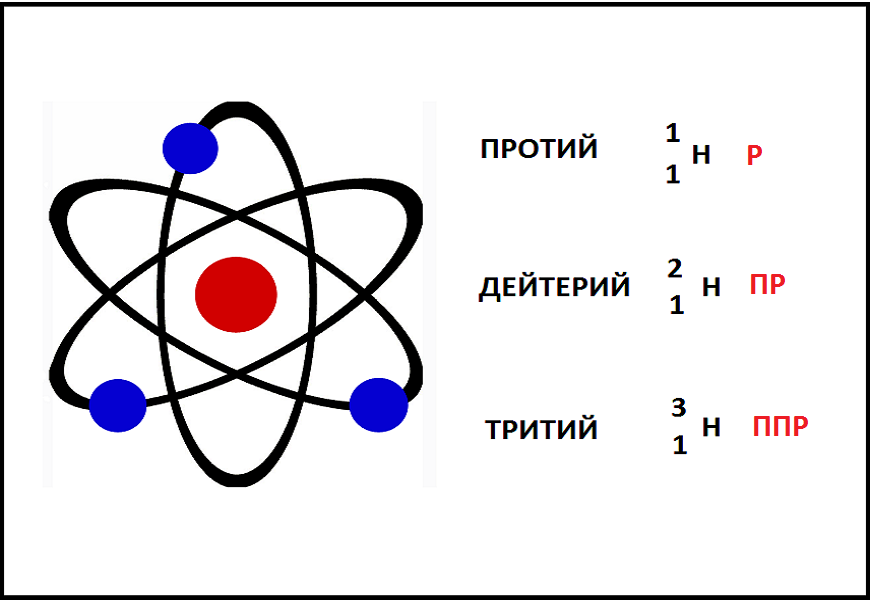
Research activities of the Russian chemist B.V. Bolotov and his unexpected arrest
Attempts to obtain gold continued in the nineteenth and twentieth centuries. Bolotov, a famous Russian chemist and one of the first scientists of our time, set out to explore the possibility of obtaining one material from another. Conducting experiments, the scientist assembled a nuclear reactor on his own, and almost managed to achieve a result. The scientific discovery was interrupted by an unexpected arrest.
The scientist, eager to make a discovery, continued to work even in prison. Then Bolotov realized that the basis for the nuclear reaction was the energy released, and that gold becomes a kind of ash from the burning of lead.
So, the cost of such a conversion could be equal to the price of the original material.
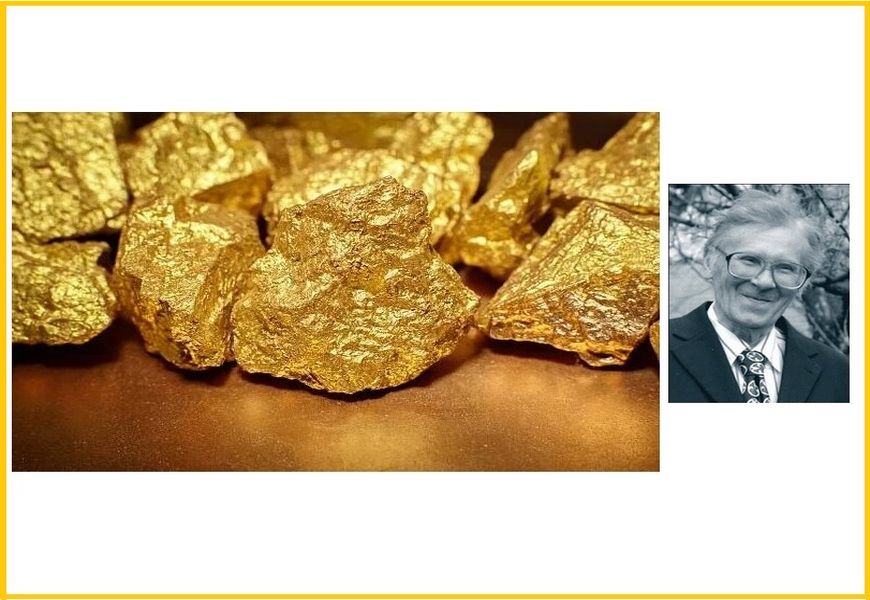
After his arrest, Bolotov conducted all of his experiments behind bars. Relying on his school physics, he managed to pass a current through lead, which provoked a displacement of gold. The higher the power of the passing current, the more actively the conductors pushed each other toward full melt. At the same time, the current source on the zone was the usual welding machines.
Bolotov managed to assemble an atomic reactor capable of splitting atoms of any element. Even when the test results were far from perfect, the scientist let the scientific world know about them. There, behind bars, the scientist repeatedly wrote applications for inventions to VNIIGPE. Bolotov still managed to extract carbon from silicon, but he did not receive support. His ideas were considered unscientific.
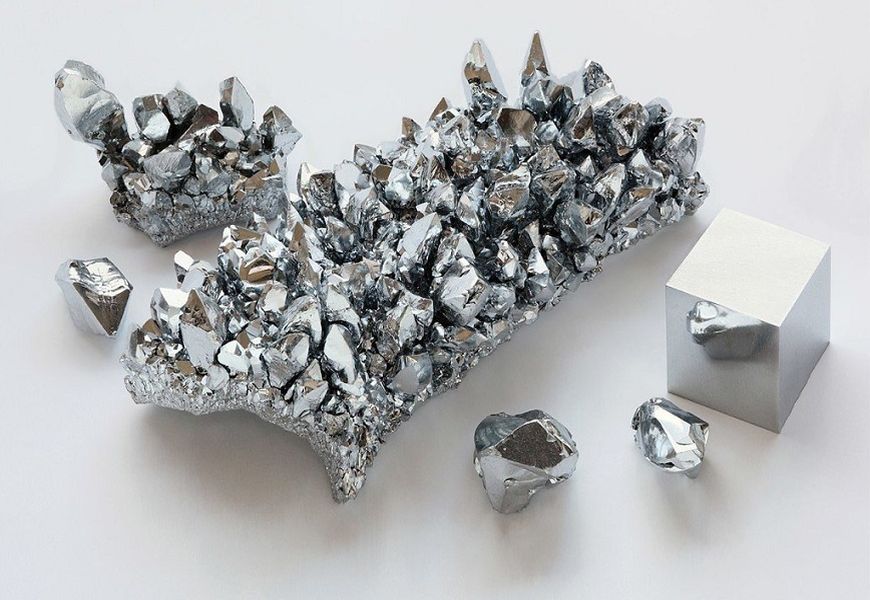
Laboratory experiments to produce gold from lead these days
- Synthesis of gold from lead-197, which does not exist: Obtaining a noble metal from other chemical elements is based on atomic reactions. The isotopes obtained in such reactions are short-lived. But it is possible to obtain real gold from mercury-197 using beta-rays. In this case, a non-existent isotope of mercury can be obtained from thallium-197, and it is extracted from lead-197. However, all of the isotopes for the transformation experiment can only be obtained by nuclear reactions, because they do not exist in nature. This means that you can't make a lot of precious metal this way.
- The method of hot nuclear fusion of gold is too expensive: modern people no longer use the homemade experience of alchemists to turn lead into gold. All because of the high cost of the process. It has been scientifically proven that to carry out such transformations it is necessary to expose the element to high temperatures, which entails unjustifiably high energy costs and dangers.
- Obtaining gold from lead: It is theoretically possible to obtain gold from lead using cold nuclear fusion. Such a conversion should have a low cost. Fusion only allows conversions of chemical elements in one direction, from right to left. Which means that lead is ideal. But even in theory, it is not known how to control and stop such a process.
- Theoretical implications of artificial synthesis of gold: the confirmed fact that gold could be obtained from other elements caused a furor. Many people wanted to learn how to make such transformations for different purposes. But we should not forget that the value of gold is not only its properties as an ornament, a financial instrument, but also its limited supply. The more of the precious metal there is, the less mankind will value it.
Video: V.B. Bolotov on the transformation of lead into mercury and platinum
How to make gold from lead at home
Getting the noble metal from lead from the comfort of your own home is a rather interesting but complicated process. It takes a long time to transform. The process is provided by the sun. But it is scientifically proven that when heated, lead releases radioactive elements and becomes dangerous to life.
Commentary by Ph.
The experiments conducted by the alchemists were the beginning of an era of great discovery. Many scientists worked on the theories of the transformation of different chemical elements. But all knowledge remained theoretical. Today it is known that certain reactions are able to separate a noble metal from other elements, but the cost of the transformation is much higher than the cost of the result obtained.

